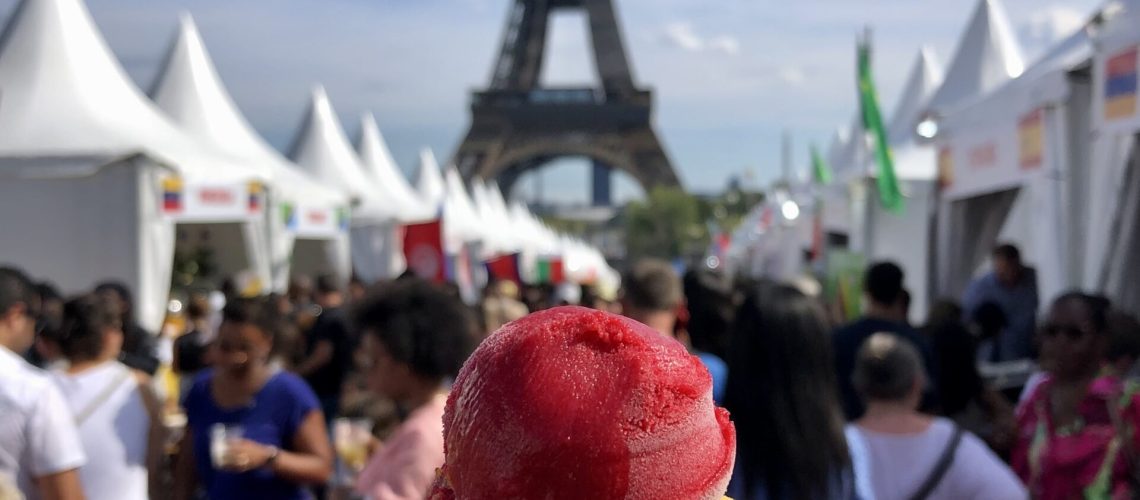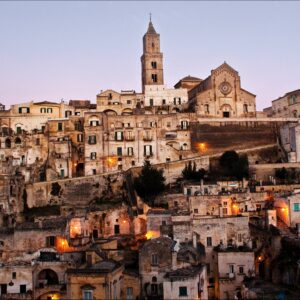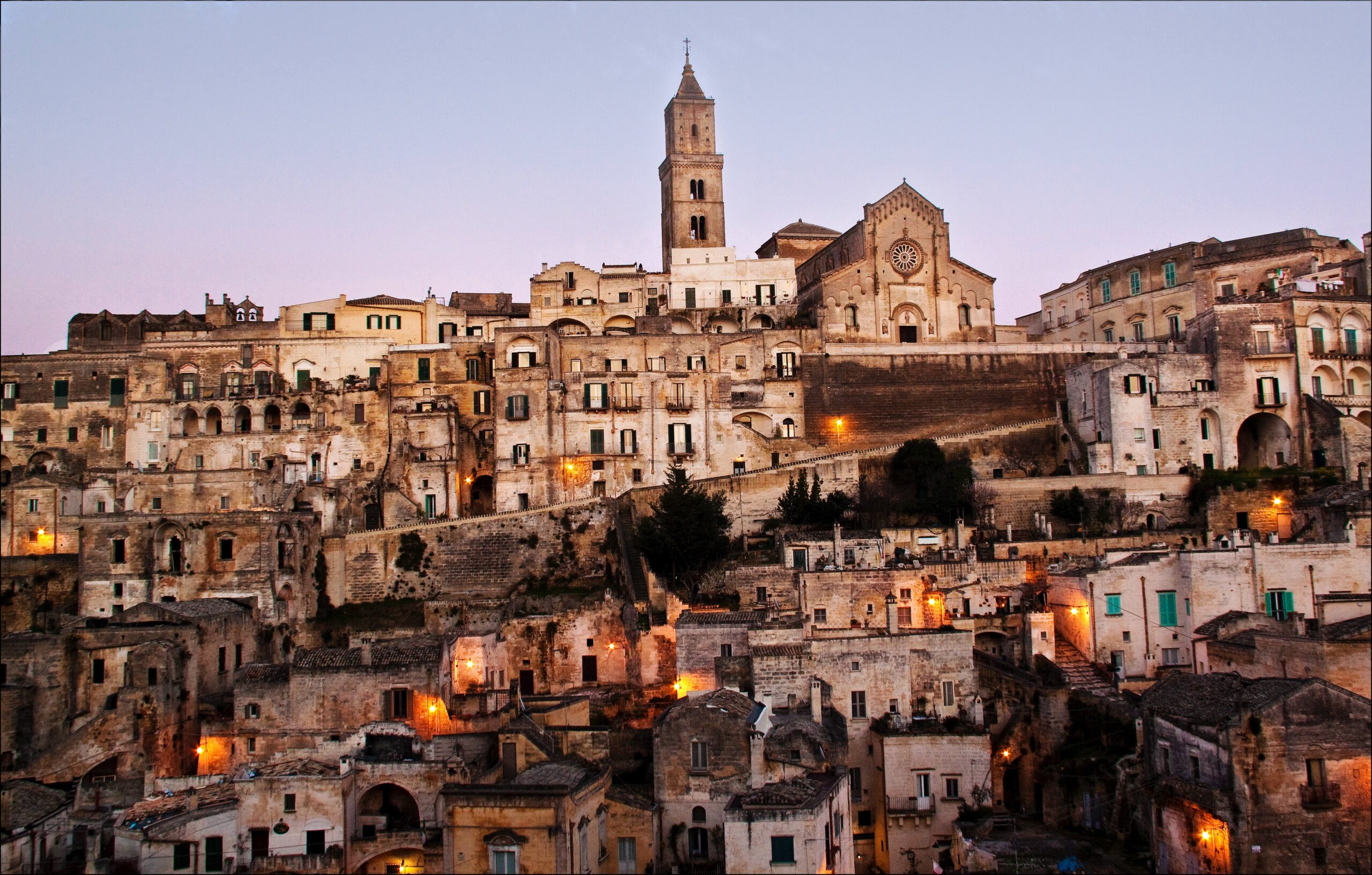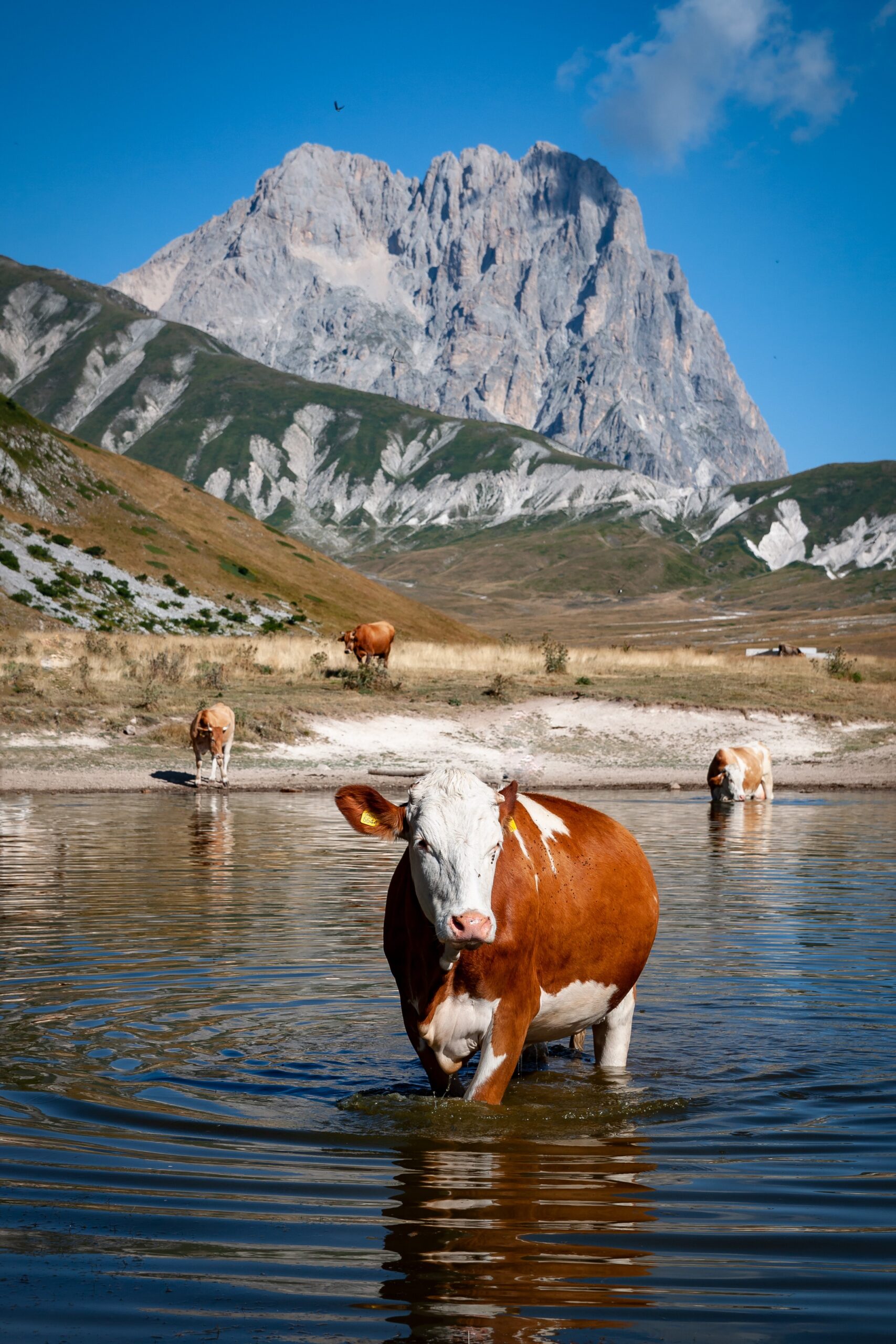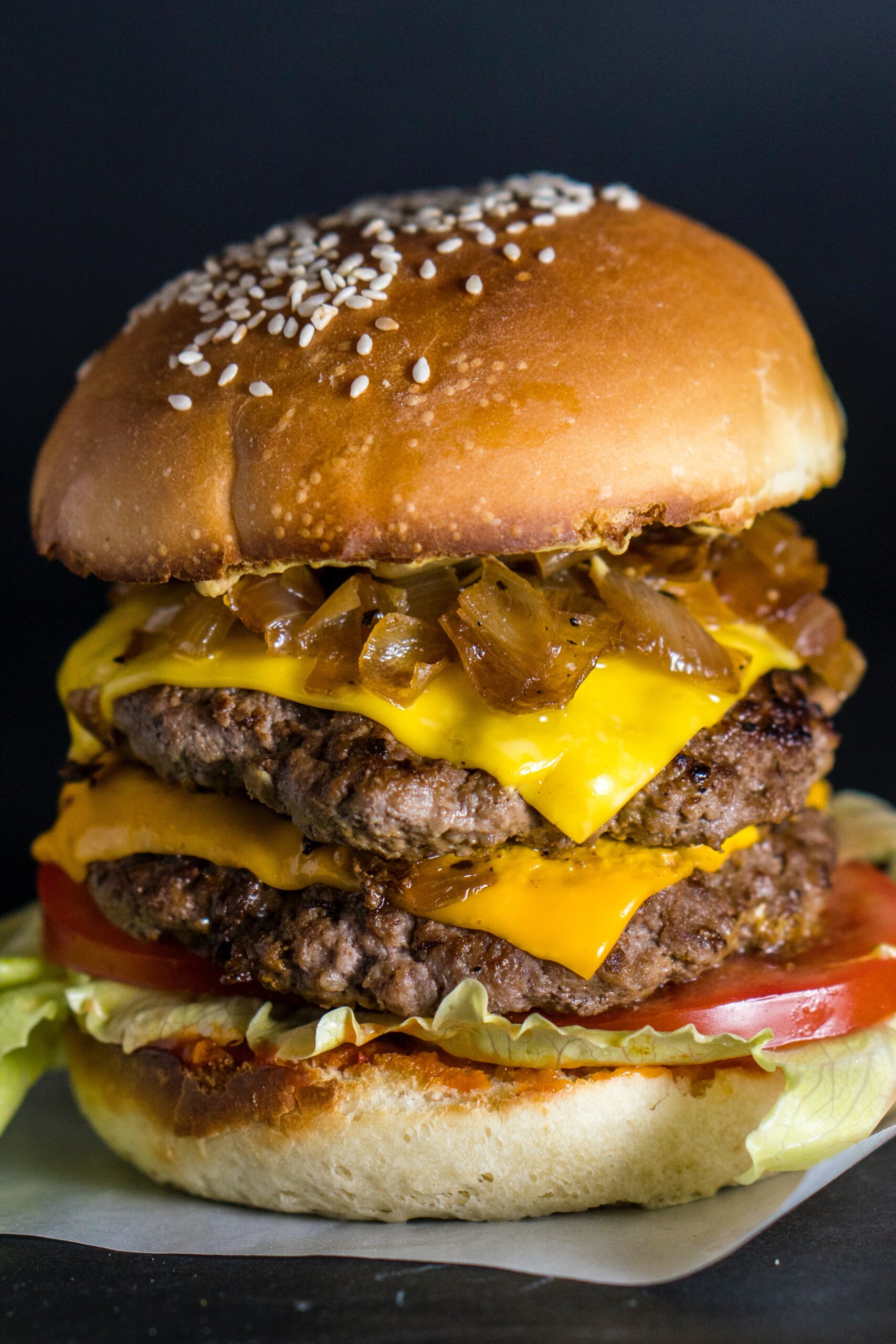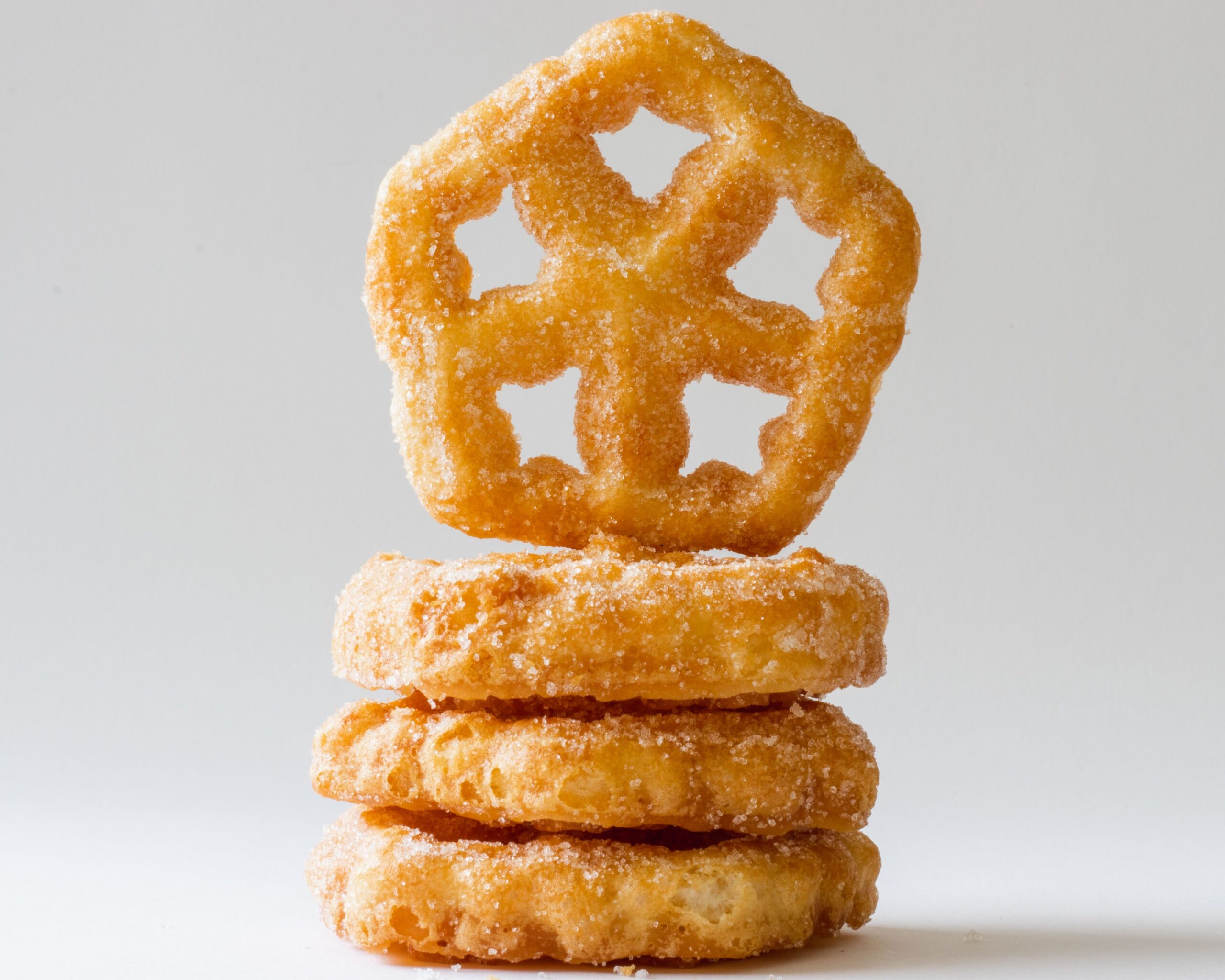Last week, I wrote an article about the kinds of foods that people eat in France. As my list was far from exhaustive, I thought I’d write a bit more about the everyday eating habits of French people I’ve lived with.
These observations, of course, should be taken with a grain of salt. My view is highly subjective and not representative of France as a whole, but I think there is some truth to what I write here. So hey, make of it what you will.
Bread
France is the country of bread — and for good reason. Here in Paris, pretty much everyone is within 15 minutes of a boulangerie, or bakery. After leaving my front door, I only have to walk for 5 minutes to buy a baguette. Baguettes (which technically means ‘small thin batons’ — chopsticks are also called baguettes, and a wand is a ‘baguette magique’) are the most popular type of bread, with some people stocking up on baguettes and storing them in their freezers. Toasters also tend to be on the larger side in France, as they’re designed to accommodate baguettes.
With that said, the downside to baguettes is that they don’t keep well. Ideally, they should be consumed within four hours, and if you leave them for more than a day, they tend to become hard and not very edible. For that reason, a lot of people like to buy country-style pain de campagne, which is not only healthier, being wholemeal and all, but also lasts a good few days.
Anglo-style sliced white bread is not very popular. But to be fair, the type of white bread that you find in supermarkets tends to be bog standard and not at all representative of what most white bread is really like.
When people have lunch or dinner at home, they often have their bread of choice on a cutting board at the dining table and would cut it with a large knife there and then. Traditionally, bread would be eaten to help fill people up, as food portions would have been small, but nowadays people eat a lot more than they used to.
Boulangeries-pâtisseries are pretty much the go-to places for people looking for a quick lunch. You can just go inside and get a sandwich, a drink, and some dessert item for under 10€. The most classic sandwich is a jambon-beurre (ham and butter) but I saw a headline recently claiming that it was white supremacist (presumably on the basis that pork cannot be eaten by members of various religions).
Butter
While butter is a not-so-secret recipe in a lot of French cooking, it isn’t ubiquitous. When I lived in the South-east of France, in an olive-growing region close to Italy, olive oil tended to be used quite a bit more than butter. In Northern France, however, particularly in Brittany and Normandy, you’re likely to find butter in pretty much everything. There are plenty of galettes, or shortbread biscuits, that actually boast on the packaging about being composed of over 20% butter. Naturally, they taste amazing, but if you eat more than three in one sitting, you’re really going to feel it.
In Northwestern France, especially in Brittany, le beurre demi-sel (semi-salted butter) is the most popular type of butter. You can also get le beurre salé (saled butter) and le beurre doux (soft butter), but I think that semi-salted butter is the butter of choice. Before meals, people would take butter out of the fridge and let it soften in the kitchen in time for meals.
Cheese
French people tend to love their cheeses, and the smellier they are the better (the cheeses, that is — not the people). Whether it’s a roquefort, camembert or some other veiny-looking creation, a French person is bound to love it. In New Zealand, whenever there’s a cheese platter at work, you can guarantee that smellier varieties of cheese will remain almost perfectly untouched, but in France, the opposite seems to occur.
As someone who likes cheese but isn’t so used to such pungent flavours, I think that people who love smelly cheeses love them for the same reason that some people love Marmite — because it’s rich in umami, one of the five basic tastes. While I’d probably get crucified for expressing this belief, I think there’s some truth to it. Although Marmite is divisive, being either loved or hated, it has a strong umami profiles that makes lovers of it love it. French cheeses are also rich in umami, and so I think the love of them is for the same reason.
Besides such cheeses, less strong varieties are also used in a range of dishes. Fromage blanc, meaning white cheese, is used in desserts with granola and fruit almost as a sort of yoghurt, while crême fraiche is used in pasta dishes in a way that would probably horrify Italians.
Pastries and other sweet things
According to a video I watched, French people believe that their food should look as good as it tastes. That perhaps accounts for why whenever I visit a pâtisserie, the food always looks incredibly well presented. There’s an incredible amount of effort put into the aesthetics of food that I haven’t seen in other countries.
A pain au chocolat (or a chocolatine, as it’s referred to in the south-west), to my mind, is pretty much a flakier croissant that’s bound to get all over your work desk.
Due to the presence of pâtisseries, you can pretty much smell the whiff of freshly-cooked bread anywhere in Paris, and it’s the most glorious smell ever. It certainly helps mask the stench of tobacco smoke and urine.
While pastries are ubiquitous, most people don’t eat them every day as they’re kind of rich in butter and sugar. But if you’re not worried about your health, the options are pretty much endless. I once bought a Kouign amann, a multi-layered Breton delicacy made primarily of butter and sugar and it took me almost three weeks to finish it.
What I find interesting is that pavlovas, a New Zealand soft meringue-like dessert, are quite trendy in Paris. There are some bakeries in upmarket districts that make pavlovas, but rather than being one giant meringue, they tend to look more like a bunch of small hard meringues attached together. They also cost quite a bit — you could get a small meringue with cream and some pieces of fruit for around 5€. Alternatively, a pavlova for 8 people would set you back a staggering 41,90€. Which suggests, of course, that if you open a pavlova store in Paris, you could get rich pretty quickly.
Meat
Given its love of the flesh of animals, France would not be an easy country for vegans to live in. Roast chicken is the traditional Sunday roast shared by families. You can also find rotisserie chicken outside butchers that can’t help but make you hungry.
Pork, in the form of cured ham, is eaten by millions of people every supper. That’s not to say, of course, that everyone eats pork — Indeed, a significant proportion of the population don’t eat any pork whatsoever. In some parts of Paris, especially in the banlieus or suburbs, you can find dedicated Halal butchers that prepare meat in accordance with Islamic guidelines.
When it comes to steak, there’s three main ways of ordering it: saignant (rare), à point (medium-rare) and bien cuit (well done). You can also get a steak tartare consisting of raw steak with raw egg on top, but it’s not something that people would order very regularly.
While dishes such as snails and frog’s legs are strongly associated with France, they’re not eaten very often and are probably more popular with foreign tourists than French people.
